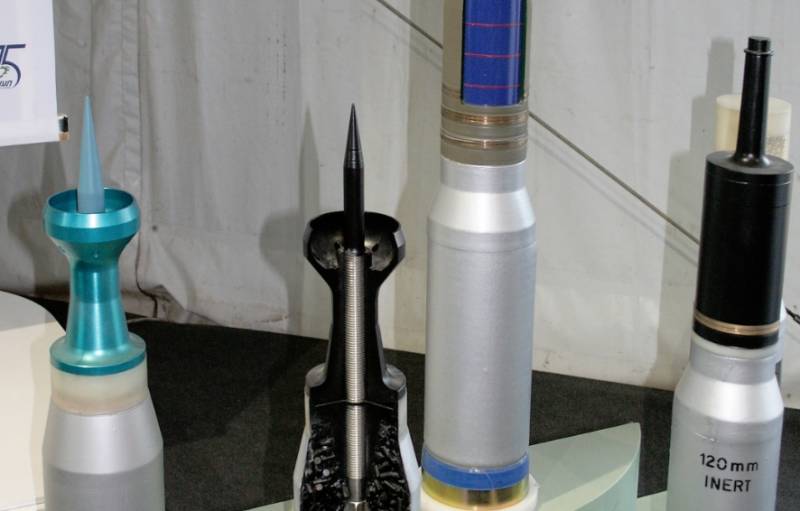On the armor penetration of Soviet and NATO shells

In the modern American BOPS, which received the designation M2016A809 in 4, the penetration value, that is, the penetration depth, is 840 mm for homogeneous steel armor. Why are BOPS of Soviet origin inferior to NATO counterparts in this indicator?
Armor-piercing feathered sub-caliber shells with a pallet detachable after firing were invented and first entered service in the Soviet Union. The first such projectile was the 3BM1, designed for use in the 100 mm T-12 Rapira smoothbore gun. This projectile had a steel body with a diameter of 33 mm, to the tail of which, by means of a locking screw, a 540-gram six-finger stabilizer was attached, the span of which corresponded to the caliber of the barrel.
The stabilizer was also made of steel, but softer due to the lower carbon content. From even softer steel, a 33-gram blunt tip was made. A 300-gram armor-piercing tungsten carbide core was hidden under the crushable tip. This projectile was capable of penetrating 245 mm of armor at a two-kilometer distance.
The next gun, where feathered sub-caliber shells began to be used, was the 115-mm U5TS, which was armed with the T-62 tank. BOPS for this gun were 3BM3 and 3BM2, respectively. The 3BM3 projectile pierced 300 mm of armor at a two-kilometer distance, and the 3BM2, not equipped with a tungsten carbide core, flying out of the barrel at the same speed of 1650 m/s, provided through penetration of 250 mm thick armor.
With the advent of tank The T-64, equipped with a loading mechanism, due to which it was possible to reduce the crew and reduce the size of the tower with a rate of fire of up to 10 rounds per minute, the era of the superiority of Soviet military equipment over NATO counterparts began, which lasted until the mid-1980s.
The leveling of characteristics began with the fact that in 1978 the first "non-Soviet" feathered sub-caliber projectile with a detachable pallet was adopted by the US Army. This was exactly the same M735, on the basis of which the first BOPS with a uranium core was subsequently created. The plumage of such projectiles was smaller than the caliber of the gun barrel, which improved its aerodynamics, but required the use of a full-fledged two-bearing pallet, not a drive ring. In addition, by reducing the size of the feathered part, greater accuracy and armor penetration were achieved. This ammunition became the first NATO projectile capable of penetrating the armor of T-64 tanks.
Information